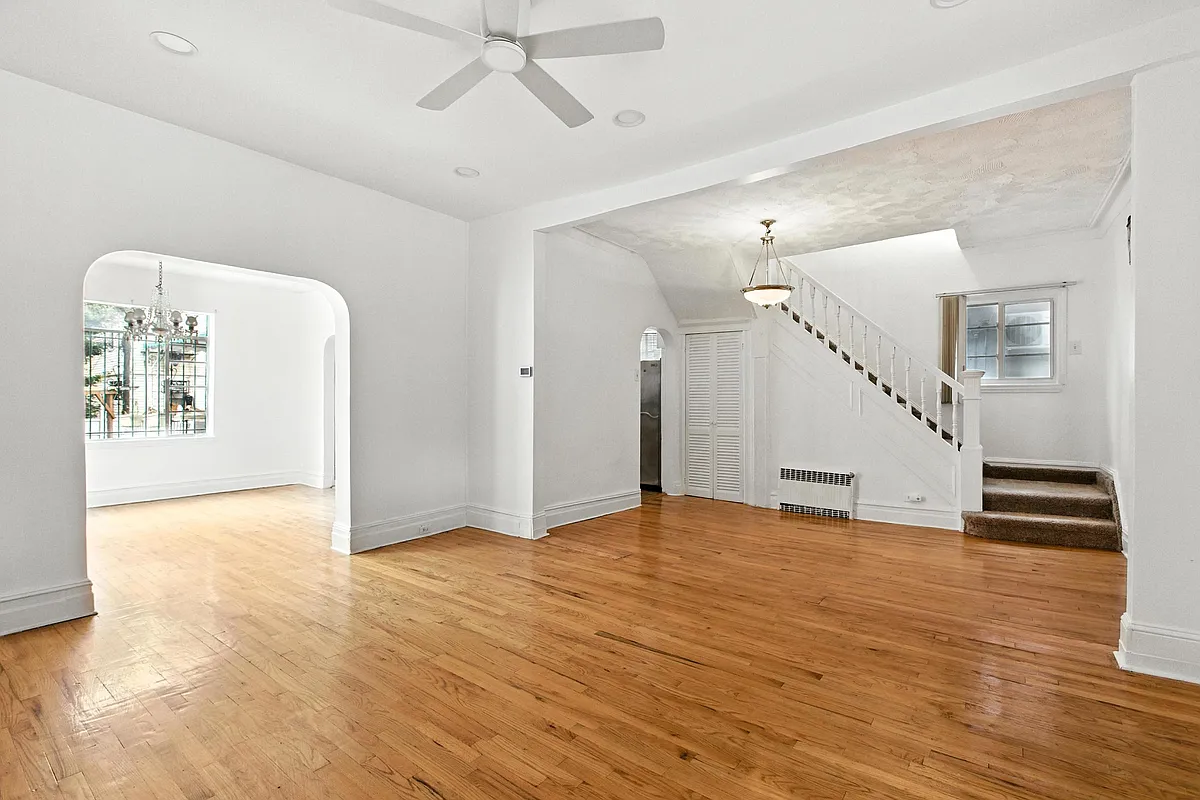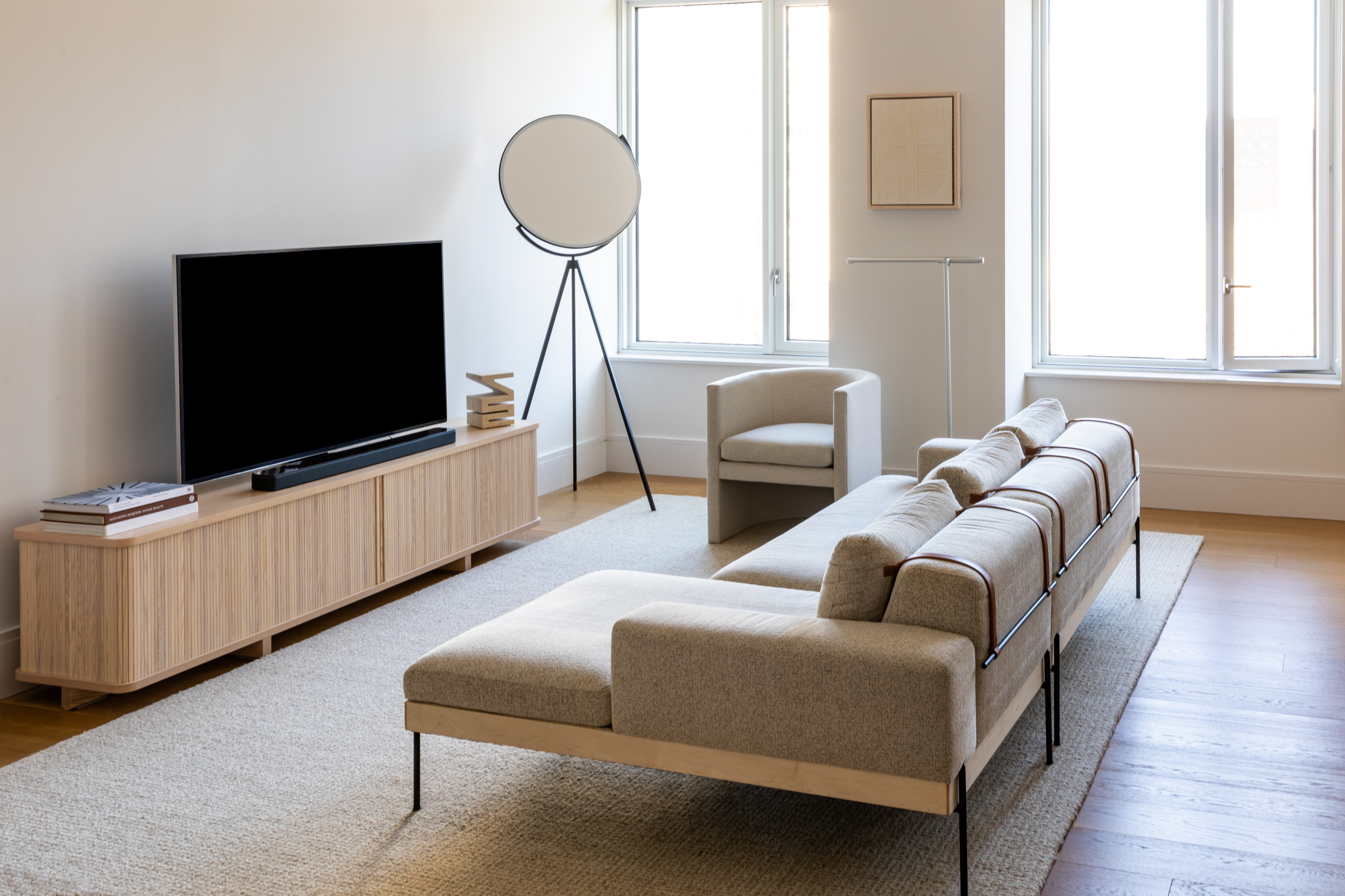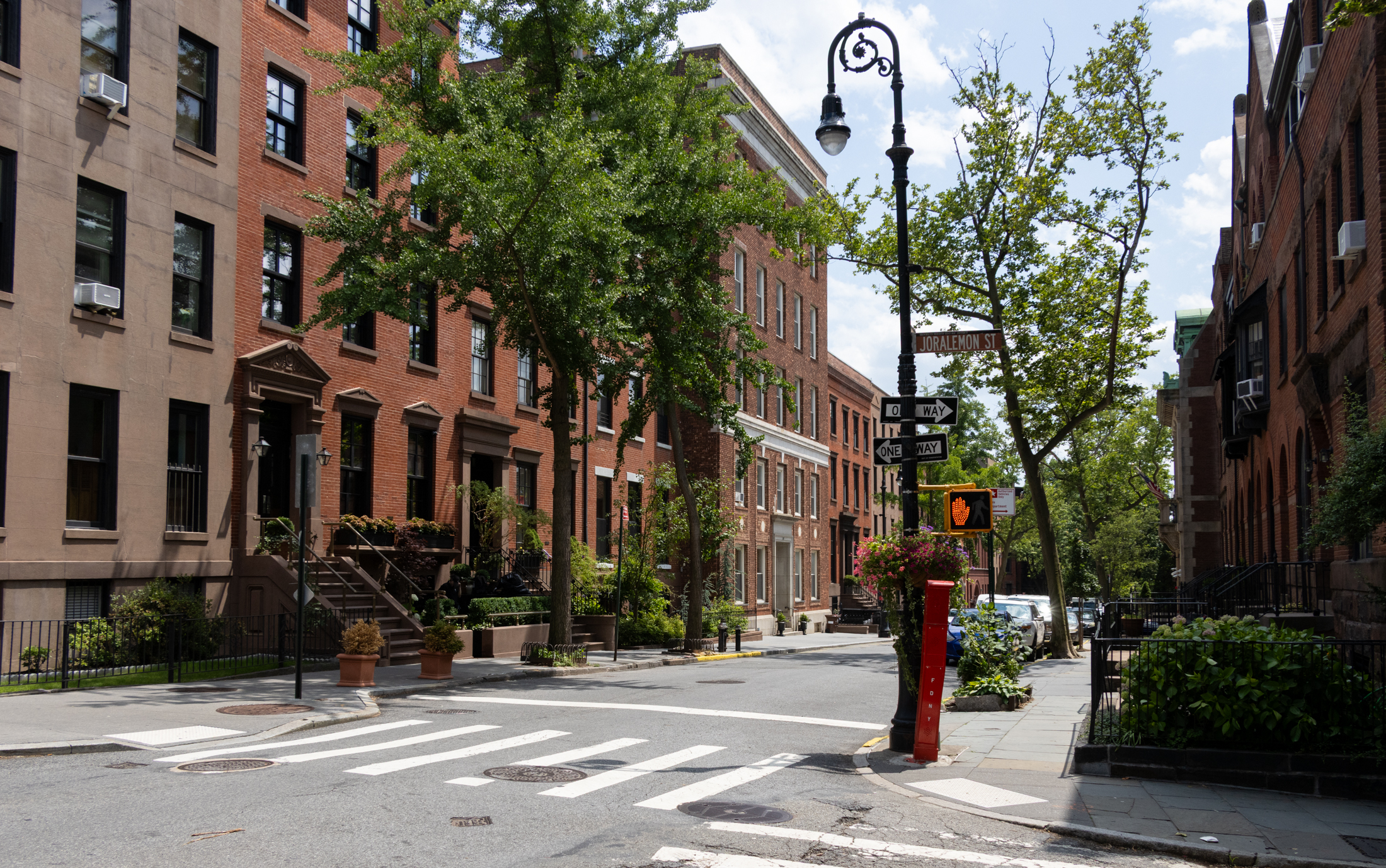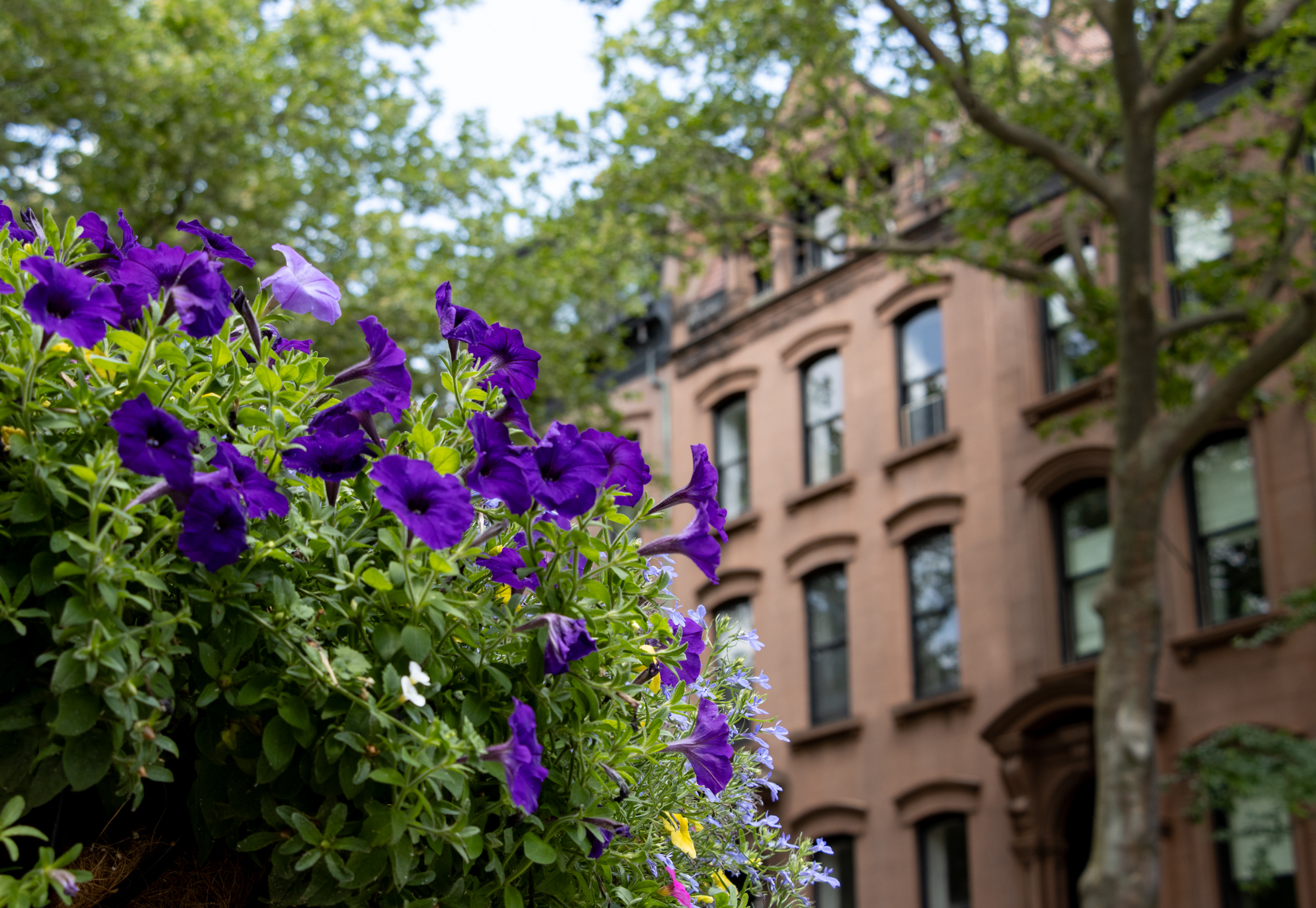Fiske Terrace/Midwood Park Designation Two Weeks Away
As The Times reported this weekend, the Landmarks Preservation Commission will vote on whether to designate a 12-block area that includes portions of both Fiske Terrace and Midwood Park. (The proposed district is bounded by Foster and Ocean Avenues, Avenue H and the subway tracks of the B and Q trains.) While not containing the…


As The Times reported this weekend, the Landmarks Preservation Commission will vote on whether to designate a 12-block area that includes portions of both Fiske Terrace and Midwood Park. (The proposed district is bounded by Foster and Ocean Avenues, Avenue H and the subway tracks of the B and Q trains.) While not containing the same level of eye-popping mansions that can be found in neighboring parts of Victorian Flatbush, proposed district’s housing stock—which was largely mass-produced by two developers—is remarkably well preserved and serves as a fine example of middle-class living at the turn-of-the-century. Here’s what the Historic Districts Council has written about the area:

Midwood Park was constructed by developer John Corbin in the first decade of the 20th-century on what had previously been farmland. The houses were built using Corbin’s method of standardized construction. Buyers could choose from thirty distinct models, but uniform construction techniques, materials and assembly methods were employed to minimize cost and boost efficiency. The wood-shingled houses are relatively grand: set back from the street on large lawns, they have open porches and rich interior detailing in the style of the time. The streets have a landscaped median and are lined with mature trees. The neighborhood must have represented a striking alternative to city living.
Midwood Park has undergone few inappropriate alterations. It remains a unified, coherent and harmonious suburban neighborhood in an urban context. The Midwood Park Homeowners Association is advocating in consultation with the Historic Districts Council for historic district designation for the neighborhood.
The adjacent Fiske Terrace features more elegant houses but retains an intimate sense of place through its historical integrity. In 1905, T. B. Ackerson Company purchased a densely wooded tract of land and immediately cleared it, laid out streets and installed underground water, sewer, gas and electric lines. Eighteen months later, the former Fiske estate had been transformed by some 150 custom-built, detached, three-story suburban houses with heavy oak ornamental mantels, staircases, beamed ceilings and built-in bookcases, ornately bordered parquet floors and elaborate cabinetry. A landscaped median and hundreds of street trees planted at the time of development continue to contribute to the idyllic feeling of the neighborhood.
While it ain’t over ’til it’s over, it’s hard to imagine that LPC won’t sign off the designation.
Next Historic District: Fiske Terrace/Midwood Park? [NY Times]
Victorian Flatbush Headed to New Landmark Status? [Flatbush Life]
Neighborhood at risk: Midwood Park/Fiske Terrace [HDC]
Proposed District Map [LPC]





Make that country.
As a group, the remaining freestanding, contiguous, frame Victorian homes comprise one of the largest, if not the largest surving example, of such a neighborhood in the county.
From that perspective, the architectural merit of each, individual home is subordinate to their value as a group.
Yes,8:41, 8:31 did explain himself. I chose to disagree. See my above post for details as to why.
I’m late on this thread, but, yes, walk along Avenue H again. See the large, meandering Tudor on the corner lot? The hulking Victorian hiding behind the bushes just across the street? There are a handful of homes in Fiske Terrace that are particularly distinguished and clearly an architectural cut above the sort of homes you take issue with.
We will agree to disagree on that point then.
OK, I’ll buy your contextual argument for why these houses are special for NYC, but I’ll disagree with you on the superiority of either the streets or the houses to JP or Dorchester. They do win location-wise though.
Yes as a matter of fact I have been to both places. No comparison. The houses and layout of the streets are much nicer here. Boston is a considerably smaller city and houses like the ones in Dorchester and Jamaica Plain make up a much larger percentage of its housing stock. Brownstone
neighborhoods should be landmarked there because there aren’t too many of them. One could argue that Brooklyn Brownstones all look alike and are “undistinguished.” After all they are all 3 to 4 stories tall with a front stoop, attached to another house and they are all BROWN but I appreciate why certain Brownstone neighborhoods have been landmarked. The NYC LPC doesn’t compare our city to others when making the designation it is very specific to the city and even the borough. Homes that are of significance to our nation’s history are recognized by other authorities such as the National Historic Trust.
“The fact that the homes in Victorian Flatbush were built just like homes in “every other American town” is unique in a city filled with row houses and tenements, apartment buildings”
Hardly unique. Ever been to (for example) Dorchester or Jamaica Plain in Boston?
That would be Brooklyn “neighborhoods” not “neighbors.”
Erin, 2:13-6:07 just explained to him/herself in their 8:31 post why the neighborhood was worthy of being granted the designation by the NYC LPC. “distinguished for NYC.” The fact that the homes in Victorian Flatbush were built just like homes in “every other American town” is unique in a city filled with row houses and tenements, apartment buildings. What appeals to me most is that the tree-lined streets of Victorian Flatbush make me feel as though I am in a small American town. But unlike a small town, I have all that the city and other Brooklyn neighbors offer, just a train ride away. B. Square